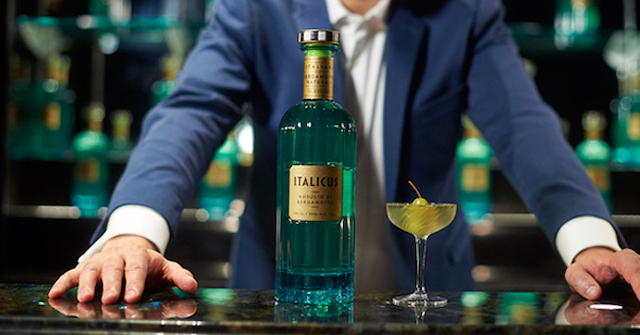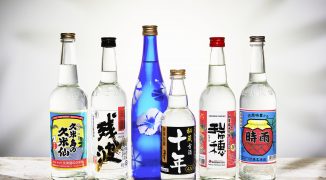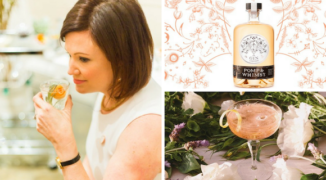Few people have schooled us in the history and purpose of Italian spirits quite like Giuseppe Gallo. The charismatic former Martini Rossi brand ambassador has made it his life’s mission to evangelize the merits of vermouth, the Negroni, aperitivos, amari, and other contributions to cocktail culture from his native home of Italy. (Check out his Negroni seminar at this year’s Tales on Tour Mexico City to see what we mean.) So, we were pretty excited to learn that, in between educating us all on his favorite spirits, Mr. Gallo has had a little something of his own up his sleeve: Italicus, a homage to an oft-overlooked category of Italian aperitivo.
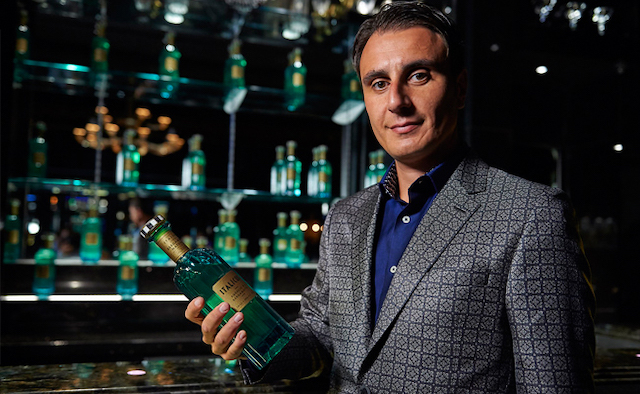 Giuseppe Gallo launched Italicus Rosolio di Bergamotto this September at the Savoy in London.
Giuseppe Gallo launched Italicus Rosolio di Bergamotto this September at the Savoy in London.
Italicus is classified as a Rosolio, an Italian liqueur made with rose petals dating back to the 15th century. Gallo says that he was surprised to see this kind of aperitivo become less and less widespread, as for generations it’s been a favored celebratory drink in Italian culture. So, he set out to breathe new life into the category with his own creation. The final product, Italicus, is based on a recipe that dates back to the 1800s, tinged with elements from Gallo’s own past. We got the scoop from Giuseppe himself — read on to see what makes this spirit special (and how to best enjoy it).
What inspired you to create Italicus?
I wanted to create something new, a new brand for bartenders, and in order to do so, I had to risk everything I had: a secure job, which I loved, and a comfortable life. It has always been my childhood dream to create a new brand, to challenge myself re establishing an ancient category, and initiating new trends. I truly believe that bartenders are the real leaders in the industry, because they don’t follow the latest trends, but they initiate them. I’ve tried to apply the same philosophy to ITALICUS, and this project will be a success only if they believe in it too! I’m confident that we can do it all together, as we did for Vermouth a few years ago, and Amaro nowadays.
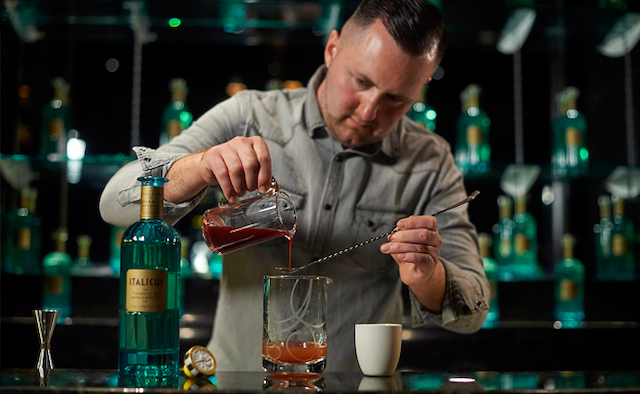 Gallo predicts that the world’s leading bartenders will help to lead the revival of Rosolio, just as they did for vermouth and amaro in recent years.
Gallo predicts that the world’s leading bartenders will help to lead the revival of Rosolio, just as they did for vermouth and amaro in recent years.
Why did you choose the bergamot fruit to highlight?
First of all, my family tradition: when I was a child, my mum used to make sea bass carpaccio with bergamot zest, and this flavour is not only familiar to my palate, but it brings sweet memories to my mind, too.
Moreover, I have chosen this wonderful fruit because of its unique taste; because of the incredible story of Calabria, the UNESCO-protected region where it has been grown for centuries; but more importantly, because of the difficult procedure necessary to extract such aroma.
I also think that bergamot will be one of the new trends in the near future: just looking at the fragrance of new perfumes, most of them have bergamot as base or as top notes.
Why make a Rosolio? Is this a forgotten category of aperitivo due for a comeback?
The history of the Italian spirits and the modern flavour profile. I have been travelling the world for the last eight years, educating trade and consumers about Italian drinking history, and I was so surprised that no one was making Rosolio anymore. I couldn’t explain myself why, since Rosolio has been for years the aperitivo of Italians served for celebration and good health, it disappeared all of sudden.
But it was really important for me to add to it a modern twist, a new profile that would allow bartenders to play with an additional flavour, and I have to say that I’m very proud of the liquid: we have created something new, nothing in the market can be compared with ITALICUS.
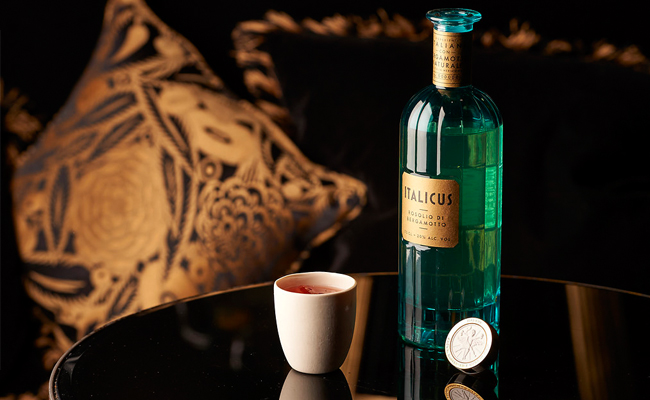 The liquid itself is a bergamot-forward apertivo made by cold-pressing the delicate bergamot and cedro in a process called Sfumatura.
The liquid itself is a bergamot-forward apertivo made by cold-pressing the delicate bergamot and cedro in a process called Sfumatura.
Why are the botanicals macerated rather than distilled?
In order to respect the Rosolio traditional production process, we have applied the cold pressing technique to Bergamot (dry peel) and Cedro (aka Sfumatura), and we macerated the other botanicals separately for 8-9 days, respecting the traditional process. In order to speed up production, most of brands today do not follow these rules any more. For us it is not about being fast and selling more, but it is about the quality, and the respect for our legacy.
So what’s the best way to enjoy the spirit — on its own, or in a cocktail? Chilled, over ice, room temp?
ITALICUS has been designed to work with sparkling liquids and white spirits: mix ITALICUS with Prosecco, Soda or Tonic for a refreshing aperitivo “al fresco” style, or with Ford’s Gin in the perfect GIN & IT….I personally love it with IPA beer, once again it does sound unusual, but it actually tastes delicious… the fresh bergamot and cedro perfectly blend with the bitterness of IPA, hops and Roman camomile work so well together that their combination make the drink citrusy with a bitter finish.


